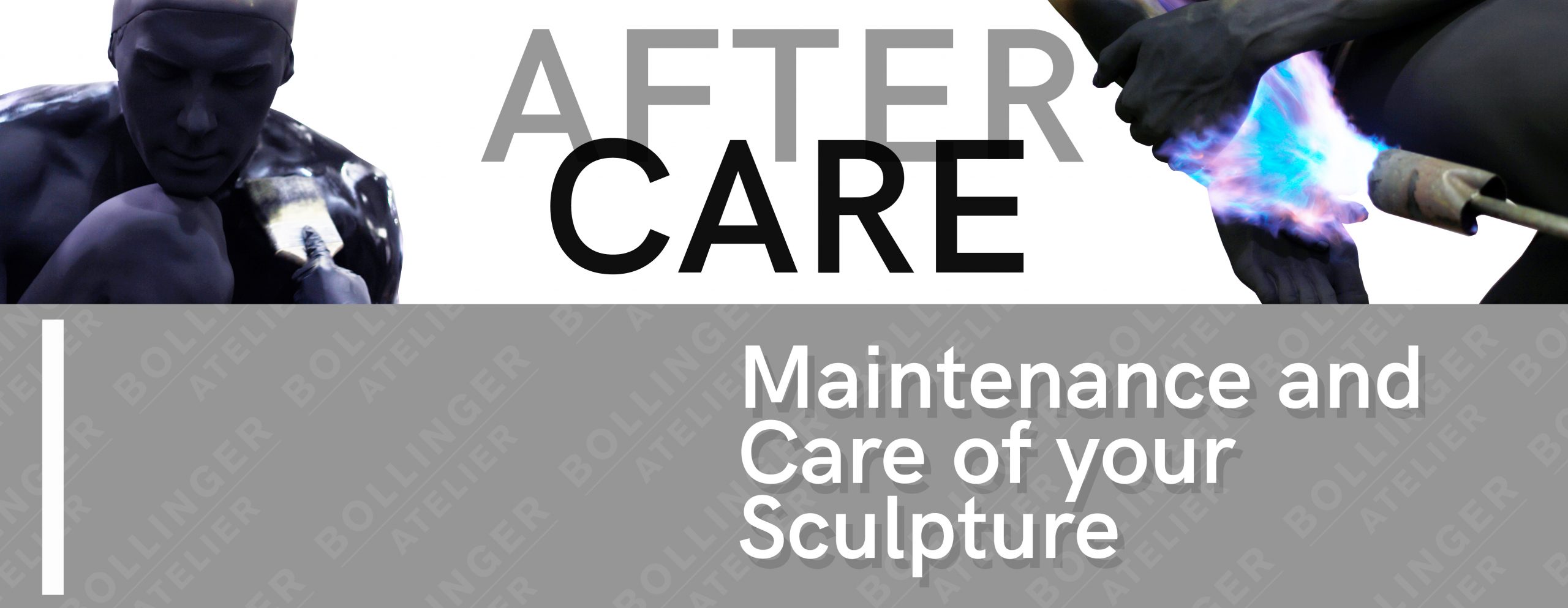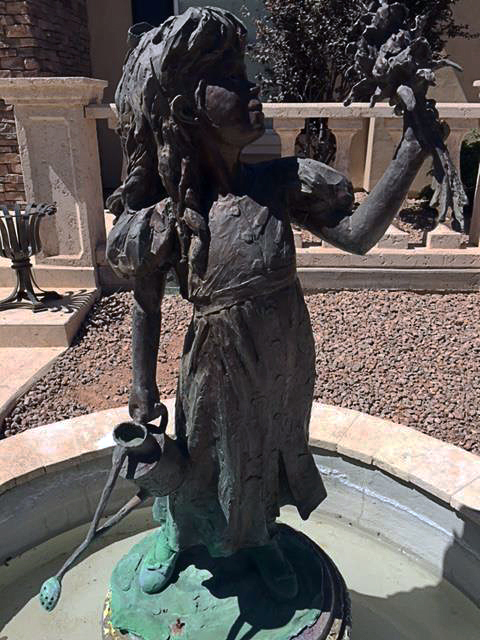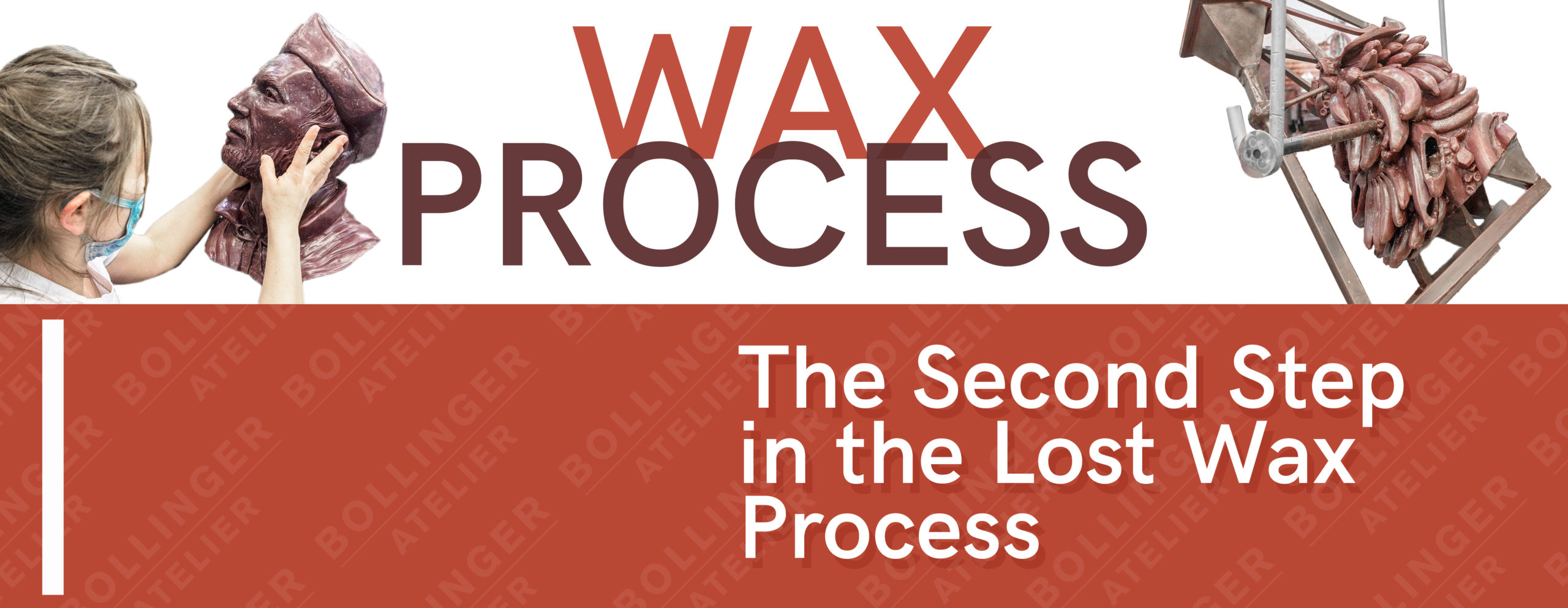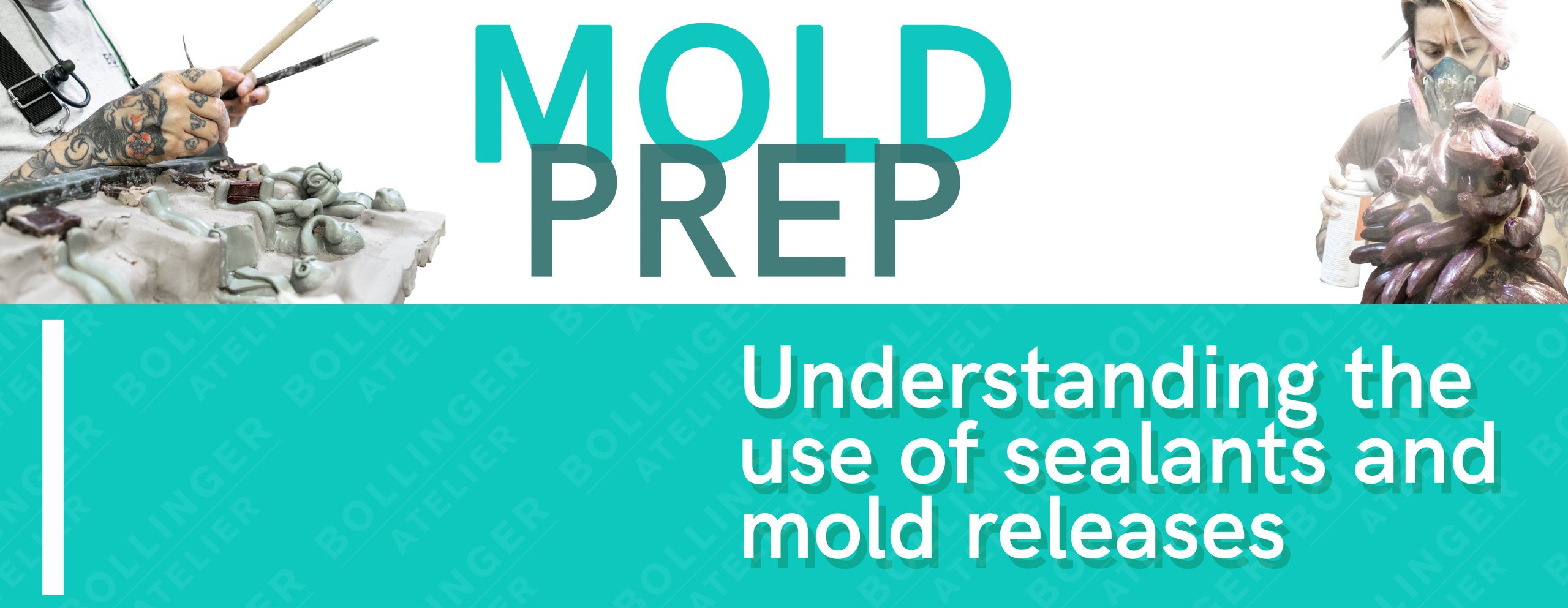Written by Daniel Mariotti
Photos and Graphics by Daniel Mariotti
Caring for a sculpture is one of the most overlooked steps in owning it. When a patina is put on, a chemical reaction occurs with the copper in bronze to produce different colors and hues which can be either natural, man-made or both. The process is then stopped, left to dry, and sealed to further protect that layer from continuing to react. When a sculpture becomes discolored, it’s typically due to the protective layers of wax fading over time, allowing the natural patination to start. That is why it is important to continually add wax, to further stop the natural patination on bronze. It’s helpful to note that the bronze itself will not deteriorate if the wax coating is not kept up (it can only be damaged by chlorides introduced onto the sculpture surface). Many of the world’s greatest sculptures are examples of this process; Bartholdi’s “Liberty” in New York Harbor arrived as burnished copper and gained the famous verdigris patina over time. Many of the greatest sculptures are known to us as they have aged, not as when they were new.
Aging of copper based alloys follow this pattern:

Each environment is different, and coastal areas are some of the most aggressive environments because of the moisture and sea air. It is also difficult to provide a suggested frequency of cleaning and reapplying of the wax coating; we typically ask the care takers to maintain a vigilant eye on the work during the first year. Bi-annual cleaning and re-waxing may be necessary. Ultra violet light also accelerates the deterioration of the wax coating, so areas of the sculpture which are more exposed to the sunlight may require additional attention and partial re-waxing.
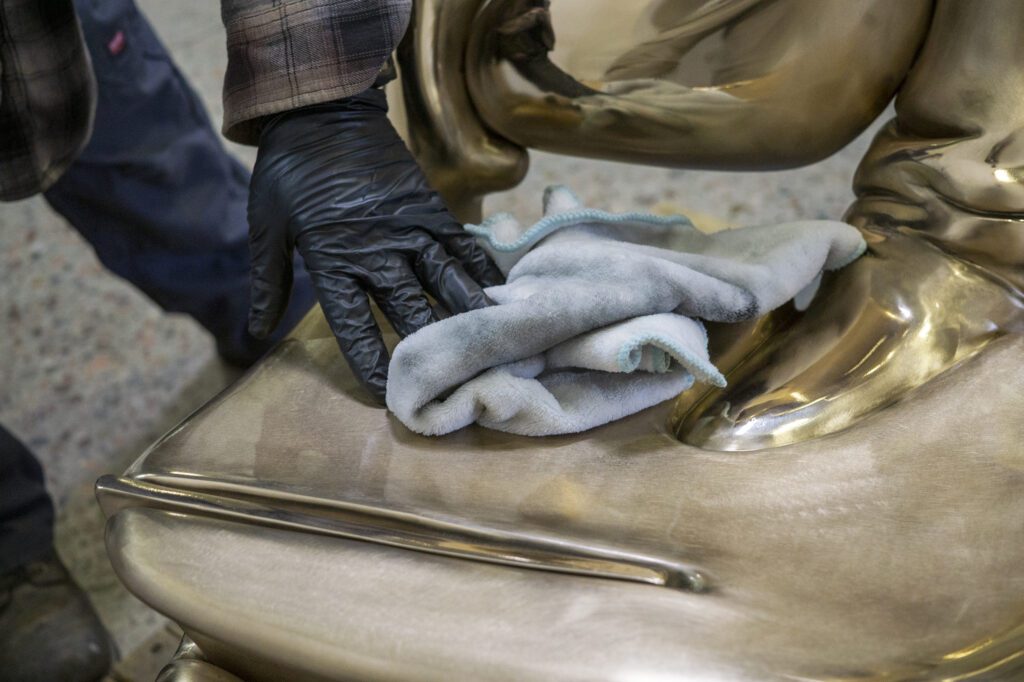
Ask yourself these things. Is it outdoors or indoors? Indoor sculpture maintenance will be less frequent than outdoor sculptures. Is it near an ocean or are sprinklers hitting it every day? The salt and calcium in water from sprinkler systems or being near the coast will eat away the protective layer quicker and also cause it to naturally patina at a faster rate (think about the statue of liberty). Are animals interacting with it? If they perch on your pieces, their claws can start wearing down the wax layer alongside other factors that may cause an unwanted patina to start. All these will influence how quickly the protective wax barrier will deteriorate and how often a wax will be needed to reapply.
So, keep the wax coating intact and the patina will be protected, which in turn will protect the bronze.
Maintenance Guides and Examples
Once you have identified what kind of plan you need, you can download our maintenance guides according to what type of patina you may have on your sculpture below:
**Need more help with restoration? Feel free to reach out to us and we can help you out!
Below are a couple of examples to better identify what sculptures may look like if not constantly being maintained.
The patina on this sculpture is white autopaint. Left in the sun it starts to yellow. This is after we re-painted and sealed it. This piece lives in a humid climate and has animals interacting with it. You can see the distress from the elements in it’s patina. Re-patina and waxed. Ready to be seen once again. You can see how water can erode the protective wax and start a natural blue patina. Adding life back into the patina and sealing it once again. Being near a sprinkler system will cause the calcium to mark sculptures in this unflatering, white, de-saturated patina. Fixed and resealed.

